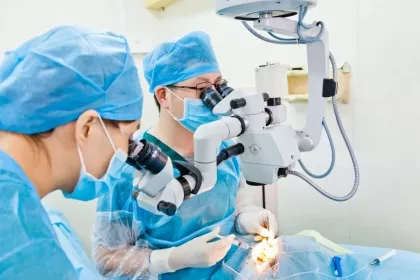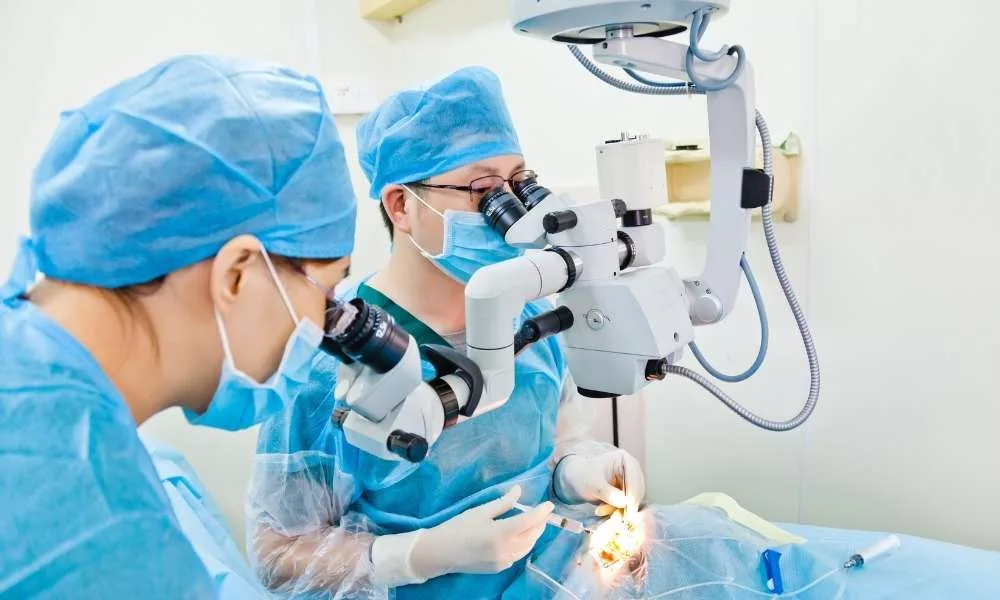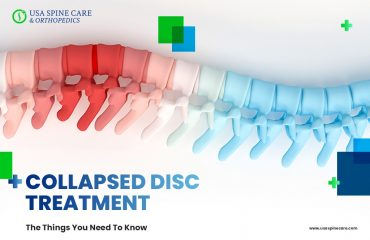

Chronic back pain can significantly disrupt your daily life. Thankfully, advancements in minimally invasive spine surgery (MISS) offer a brighter future for patients seeking relief. These procedures minimize muscle disruption, leading to faster recovery times and less pain compared to traditional open surgery. But what’s next for MISS? Let’s explore the cutting-edge technologies shaping the future of minimally invasive spine surgery.
Robotics: Enhanced Precision and Control
Robotic-assisted spine surgery is rapidly gaining traction. Robotic arms, controlled by surgeons, offer several advantages:
- Improved Accuracy: Robotic systems provide unparalleled precision during surgery. Tremors in a surgeon’s hand are minimized, leading to more accurate placement of implants and reduced risk of complications.
- Greater Control: Robotic arms offer increased dexterity and maneuverability in confined surgical spaces. This allows surgeons to operate with greater control and minimal tissue disruption.
- Faster Procedures: Robotic assistance can streamline certain steps in surgery, potentially leading to shorter procedure times and faster patient recovery.
3D Imaging and Navigation: A Virtual Roadmap
3D imaging technologies like CT scans and MRIs are already crucial for preoperative planning in MISS. The future holds promise for even more advanced applications:
- Augmented Reality (AR): Imagine surgeons wearing AR headsets that project real-time 3D images of the spine onto their field of view during surgery. This “see-through” visualization can significantly enhance surgical accuracy and decision-making.
- Virtual Reality (VR): VR technology can create a virtual environment of the patient’s spine. Surgeons can pre-plan their approach in VR, rehearsing procedures and minimizing unexpected complications during actual surgery.
Biomaterials and Implants: Tailored Solutions for Healing
Advancements in biomaterials and implants are also shaping the future of MISS:
- Biodegradable Implants: These implants can be used for spinal fusion procedures and naturally dissolve over time as the bone heals, potentially reducing the need for a second surgery to remove hardware.
- Personalized Implants: 3D printing technology paves the way for custom-designed implants perfectly suited to a patient’s unique anatomy. This can lead to improved outcomes and faster healing.
Emerging Technologies: On the Horizon
The future of MISS holds even more exciting possibilities:
- Artificial Intelligence (AI): AI algorithms can analyze patient data and imaging to assist surgeons in decision-making and potentially predict potential complications.
- Stem Cell Therapy: This emerging field has the potential to regenerate damaged discs and promote spinal healing, offering a minimally invasive approach to treating degenerative disc disease.
The Road Ahead: A Future Filled with Promise
These cutting-edge technologies offer a glimpse into the future of MISS, where procedures become even less invasive, more precise, and personalized. This translates to faster recovery times, improved patient outcomes, and a brighter outlook for those seeking relief from chronic back pain.
Beyond Technology: The Human Touch Remains Essential
It’s important to remember that while technology plays a crucial role, the human element remains irreplaceable. Experienced and skilled spine surgeons will continue to be at the forefront, utilizing these advancements to provide optimal patient care.
Conclusion: Minimally Invasive Spine Surgery Offers Hope for a Brighter Future
The future of minimally invasive spine surgery is brimming with potential. By leveraging cutting-edge technologies and the expertise of qualified spine specialists, patients can look forward to a future free from chronic back pain and a significantly improved quality of life. This article provides a general overview, and consulting your doctor is essential for personalized treatment plans.

